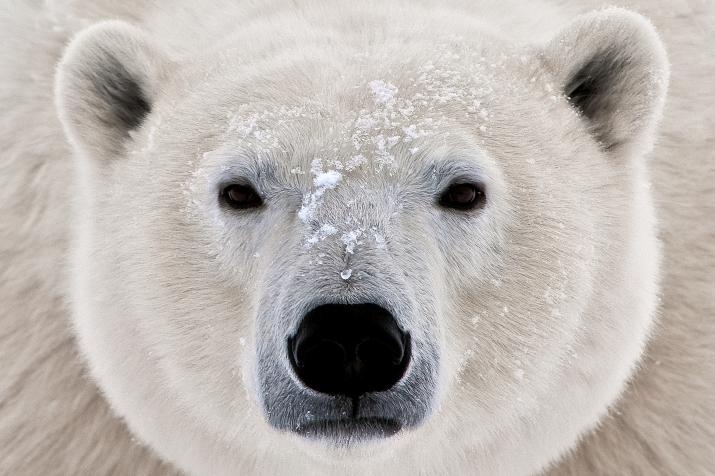Protection of endangered species: Polar bear
The Polar bear project
The Russian Geographical Society has been supporting the project since 2010.
Mission of the project: study and preservation of the polar bear in the Russian Arctic, development of non-invasive biological sampling methods (shed guard hair, animal waste) for genetic studies of the Russian Arctic populations.
The project is carried out in cooperation with the ROO “Marine Mammal Council”, the Russian Arctic national park and staff of the A.N. Severtsov Institute of ecology and evolution of the Russian Academy of Sciences, staff of the Russian Arctic national park on Franz Josef Land archipelago.
The polar bear is under pressure because of the climate changes took place during last decades. Arctic seas ice cover shrinkage and changes in age structure of glaciers force polar bears to spend more time ashore and on islands. Perhaps, re-distribution of animal within the habitat area takes place. Being ashore for a long time bears don’t have an access to the main food source – hair-seals dwelling at sea ice, and expose themself to the risk of encountering with man. They can be shot off as a result of this.
The Russian Geographical Society constantly enlarges the polar bear studies. Firstly, it was the Barents Sea population. This year, census of the Chukotka population has been taken for the first time ever. In the nearest future the Society is planning to take the census of the less studied polar bear populations of the Russian Arctic – the southern Kara Sea population and the Laptev Sea population.

